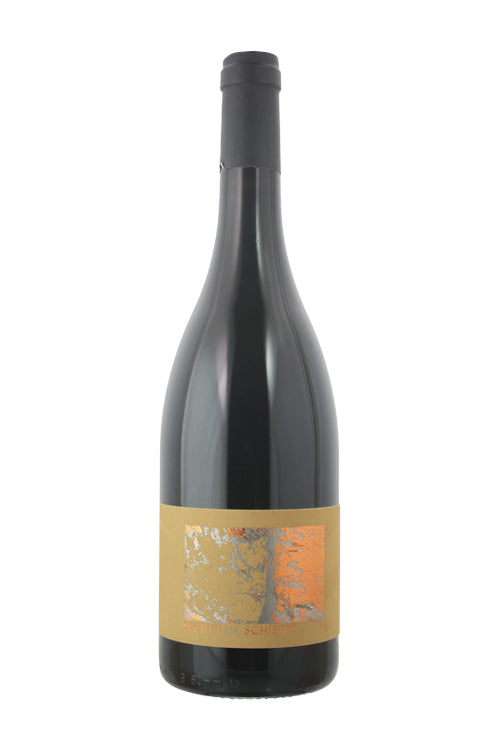1
/
of
1
Secret de Schistes IGP Cotes Catalanes - 2020 (750ml)
Secret de Schistes IGP Cotes Catalanes - 2020 (750ml)
Regular price
$39.99
Sale price
$39.99
Regular price
$49.99
Unit price
/
per
A big, meaty, mineral-laced Syrah, the dense purple-hued 2020 Cotes Catalanes Secret De Schistes offers up a great nose of blackberries, roasted herbs, chocolate, and graphite that develops more meaty and leather notes with time in the glass. Full-bodied, concentrated, and rich, it hits the palate with a soft, supple, seamless mouthfeel, impressive tannins, and a great finish.
Jeb Dunnuck - 94 points, 5/24/2022
Availability:
2 In Stock
$25 Shipping on Orders +$299
Couldn't load pickup availability
Share :

- varietal
- Region
- Sub - Region
- Reviews
Depending on where it's grown and how it's made, the variety has two names. In France, where it goes by Syrah, it makes a huge contribution to the red wines of the Rhone Valley. In the southern Rhone villages of Chateauneuf-du-Pape, Gigondas, and Vacqueyras it is blended with a number of varieties but mainly Grenache. It is in the northern Rhone, including Hermitage, Crozes-Hermitage,Côte-Rôtie, St. Joseph, where it most often stands out on its own, and is only occasionally blended with the region's white grapes. More recently, in the late 20th Century, Shiraz has put Australian producers such as Penfolds and d’Arenberg on the fine wine map, with cult wines like Grange and The Dead Arm. Generally speaking, the style from the old world is more savoury, expressing aromas of pepper, cured meat and leather. The hotter climate experienced in Australia results in more upfront, dense and even jammy fruit. The grape has also taken off with rapid success in California and Washington, as well as South Africa and New Zealand. Producers in these regions often name their varietal wines according to the style they intend.
The Languedoc and Roussillon are two adjoining but distinctly separate wine regions in southern France. The Languedoc consists of two main regions: The Aude, home to the sub-regions of Limoux, Corbieres, Fitou, Minervois, and the Herault, which includes Picpoul de Pinet and the vin doux naturels producing regions of Banyuls, Frontignan, Lunel and Mireval.
St. Emilion is the largest of Bordeaux’s right bank appellations, however unlike the grand estates of the Medoc, it is composed of hundreds of small producers, also referred to as garagistes. Merlot and Cabernet Franc dominate with the former accounting for about 60% of all plantings. Some Cabernet Sauvignon is grown, however careful site selection is important as the soils are generally too warm. While the Medoc (left bank) was ranked under the official 1855 classification, it wasn’t for another hundred years until the St. Emilion rolled its own. Where the 1855 classification has only been changed three times, St. Emilion’s, by comparison, is far more dynamic, with a new list drawn up everything ten years. However, as the 2006 classification demonstrated, changes, particularly when producers are demoted, are fiercly contest. Finally passed by the legislature in 2009, the classification comprised of 15 Premier Grand Crus classes and 53 Grands crus classes. The Premiers are broken down further into two groups classes A and B, with Châtea Ausone and Châtea Cheval Blanc in the former and the remaining 13, including such revered producers as Château Angélus, Château Pavie, and Château Figeac, in the latter.


